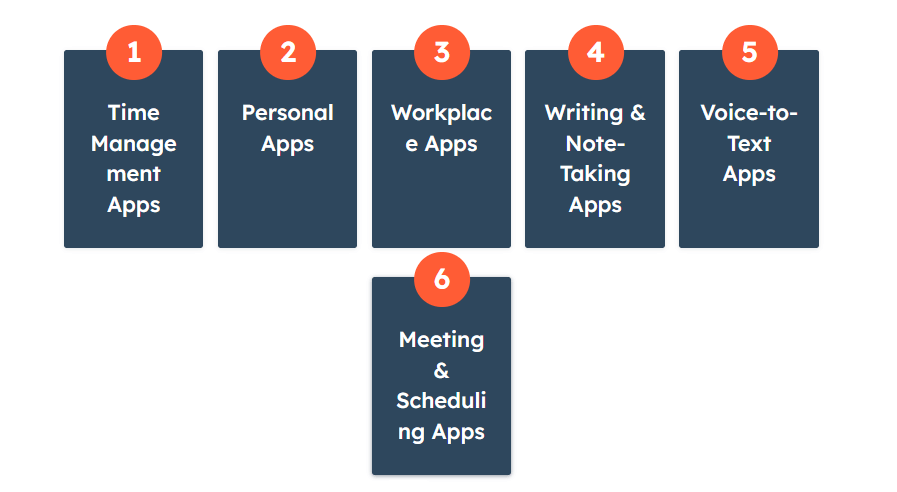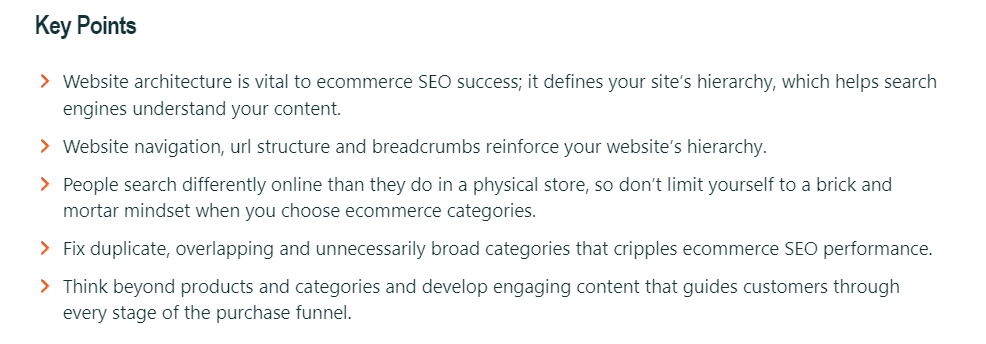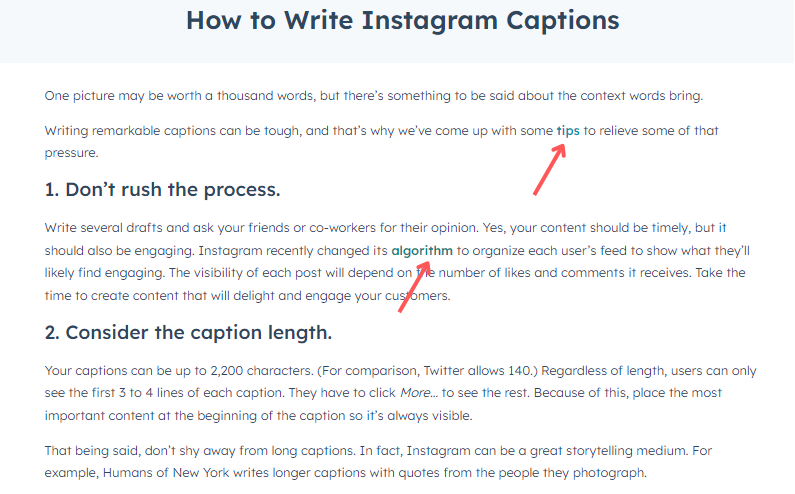Playback speed:
Pillar posts, or “pillar content” are one of the most valuable tools regarding your blogging strategy.
These extra-large posts contain brief insights into a number of topics, allowing you to link from one main page on your website to multiple focused blog posts. While pillar posts cover all of the aspects of a topic you’d want to rank for from an SEO perspective, they’re not as in-depth as a typical blog post.
Instead, these content solutions essentially introduce the various sub-topic elements with basic information, while enticing customers to click through to connected pages to learn more.
If used poorly, pillar pages can end up as cluttered, complicated, and overwhelming portions of your website. However, when leveraged correctly, they can be an excellent way to boost audience engagement, demonstrate thought leadership, and strengthen SEO.
What is a Pillar blog post?
Sometimes called a “knowledgebase article” or “cornerstone content” pillar posts get their name from the architectural structure: pillars. In architecture, pillars are columns that provide crucial support for structures. A pillar post offers similar benefits to your content marketing, providing a clear structure on which you build out extra articles and blogs.
At a glance, pillar posts are big, meaty, and complex posts, brimming with useful and actionable information. They often include a combination of text and images, and may even link out to audio files to help you answer important audience questions.
A pillar page is the basis on which “topic clusters” are built. The pillar page covers all of the aspects of a specific topic on one page while leaving room for more in-depth articles via cluster blog posts connected to the page.
Topic “clusters” are collections of relevant content connected to an overarching idea. For instance, if you wanted to create a pillar page on designing a WordPress website, this page might include various sections covering how to choose your WordPress host, select a theme, and configure your content. Each section would link out to another page on your website which covered the topic in greater detail.

For instance, the Typeform “Brand Awareness” pillar page covers the basics of brand awareness, how to track brand awareness, how to create brand awareness, and more. Within each section, there are links to other Typeform posts providing additional information.
Pillar Page Examples: What Does a Pillar Page Look Like?
Pillar posts can be confusing at first, but they’re actually quite simple when you break them down. They’re essentially an all-in-one overview or guide about a specific topic, with links to different ideas you can expand on further in other blog posts.
Imagine you wanted to create a pillar page around the elements of Productivity apps, like HubSpot does here. Your pillar page could be a list of the most popular productivity apps, with sections for different styles of productivity tools, such as:
- Time management apps
- Personal apps
- Workplace apps
- Voice-to-text apps
- Meeting apps
- Writing and note-taking apps

You’d start by creating the cluster pages related to each of these sections, then build your pillar page around those cluster topics. In each cluster topic, you’d link back to the pillar post and each pillar page would link to all of your cluster topics.
Here’s another pillar page example to consider, from The Atlantic. The “Population Healthier” page covers a number of important topics about health and wellness, with links to additional owned and sponsored content produced by the brand.

Elsewhere, Tarakeet published a pillar page all about the topic of eCommerce SEO. This page includes more than 6,900 words covering various sub-topics like ecommerce SEO for product pages, competitive analysis, keyword research, and how to leverage technical SEO.
As you scroll through each section of the pillar page, you’ll find graphics, text, videos, and links to other cluster pages.

How to create your own Pillar Content
Creating your own pillar page content can be a little more complex than writing a standard blog post. However, it can be an excellent way to boost the value of your website and strengthen your internal linking strategy. The steps involved in creating pillar content are relatively straightforward, it all starts with figuring out your topic clusters and working from there.
Step 1: Decide on your Topic
The first step in creating a pillar page is deciding what topic you want to rank for. Look for relatively broad terms that will require coverage from multiple blog posts.
For instance, if you wanted to write about “social media”, this topic alone would be too broad. However, “Instagram ads” would be too narrow. A pillar page on “Instagram marketing” and all of its various forms is just broad enough for a pillar page.
Here’s an example from HubSpot, with links to relevant content included:

Step 2: Conduct Keyword Research
Once you have your broad topic in mind for your pillar page, it’s time to start diving into your keywords. Keyword research helps you identify which specific subtopics to cover with your individual blog posts linking to your pillar page.
For instance, if you were writing a pillar page on WordPress statistics and facts, you might research keywords related to “WordPress”, to see which areas you should focus on. The idea is to create a range of sub-topics for your pillar post which answer the key questions your customers have about your topic. Think about your customer personas, their pain points, and their customer journey.
You can also use traditional keyword search tools like Answer the Public and Google Search Console to help expand your list of ideas.
Step 3: Write your Cluster Pages
Once you have a list of the cluster page subtopics you’re going to include in your pillar page, it’s worth writing those blogs first. This ensures that you’ll have plenty of existing content to link to when you publish your pillar page. It also means that you can create a pillar page much faster because you’ll already have more in-depth content you can summarise on your larger page.
You can use your blog posts as research for your pillar page, adding useful information from those articles into the main post, without “cannibalizing” too much of the content. Remember, you still want to offer something unique and useful on each cluster page.
Step 4: Write your Pillar Page
Next, it’s time to design your pillar posts. There are a few styles of posts that work best on pillar pages. For instance, you can create a “comprehensive guide”, like Ahrefs does here with its Search Engine Optimization Guide:

Or you could opt for a listicle, where you list a number of key topics related to an overarching theme. Here’s a good example from the Yoga Journal, listing all the various types of yoga poses in a convenient directory:

Guides are ideal for generating thought leadership and improving your internal linking strategy, while listicles offer a fantastic way to provide easy-to-follow information for customers. Lists can also be a good way to monetize your blog posts, because you can link out to affiliate partners and promoters.
As you draft your pillar pages, focus on keeping your subtopics short, so you can elaborate on the ideas you cover further in your cluster pages. However, at the same time, make sure you’re providing enough information to make the central pillar post relevant and valuable to the reader.
Step 5: Optimise and Regularly Update your Pillar Posts
Finally, start optimizing your pillar page for on-page SEO factors. This means making sure you include your primary keyword in the subheadings and page title and create a strong title tag and meta description. You should also:
- Use headers for each subtopic
- Incorporate primary and long-tail keywords throughout the page
- Include your main keyword in the first 100 words
- Ensure your content matches your customer’s search intent
- Write readable, easy-to-scan text that’s legible for users
- Optimize images and add appropriate alt-text
Once you’ve optimized your pillar pages, come back and update them regularly. Pillar pages can be an excellent evergreen content source, but only if you ensure the information provided is up-to-date. Coming back and adding to your pillar pages is a good way to remind Google that your post is still up-to-date. Plus, it gives you a chance to expand your pillar pages with more topic clusters over time.
How Pillar Pages Help Your Search Engine Rankings
Pillar pages aren’t just about organizing your content to make it easier for customers to navigate your website. They’re also incredibly useful for improving your SEO. Although Google doesn’t directly state that pillar posts have an impact on your ranking, these tools can positively affect traffic in a number of ways. For example, they:
- Improve your site structure: To understand your content, Google’s algorithm considers many different pieces of content at once. If you have a lot of content, your pillar posts will unify similar subjects to create a convenient hierarchal map that’s easier to crawl.
- Help you rank for high-volume keywords: Pillar pages can be more likely to rank for competitive keywords thanks to their broad topic coverage. Users who search for “general” information are usually looking for broader coverage of a topic, which means your pillar pages will match this intent. The long-form nature of the posts also means that you can cover more long-tail keywords without making your content seem spammy.
- Generate backlinks: Because pillar pages are so comprehensive (and hopefully valuable), they can also help generate various authority-driven backlinks for your website. This means you’ll be able to increase your PageRank and pass this along to the internal cluster links within your posts.
Pillar pages also help to showcase your expertise, which makes you more likely to be considered an “authority” by both Google and your customers. Creating a pillar page is a fantastic opportunity to show just how much you know about a specific topic, so you can earn credibility.
Using Pillar Posts for SEO
Though pillar posts might seem a little complex at first, they can be a powerful and useful tool for businesses with a good content strategy. If you produce a lot of blog posts, your pillar posts will help to organize your content and strengthen your chances of ranking high on search engines.
Master the art of pillar pages, and you’ll be able to present yourself as an authoritative thought leader in the eyes of your audience while enhancing your position on Google.



